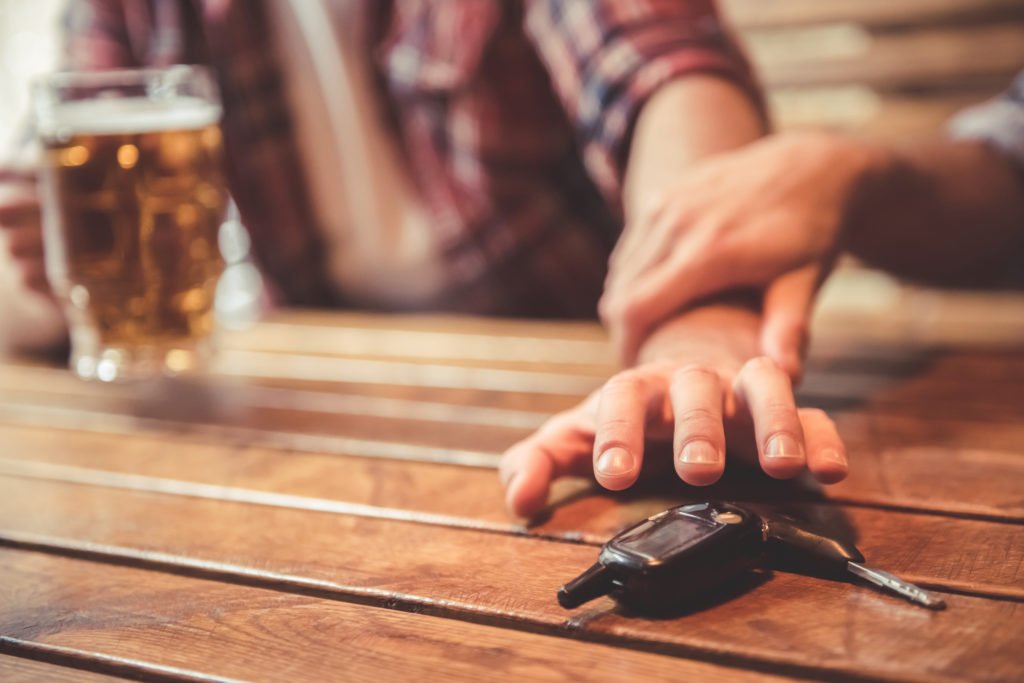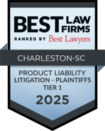
South Carolina’s strong agriculture industry is known for producing a wide bounty of crops and goods, making “Certified SC” stickers a familiar site in most local grocery stores. However, some South Carolinians may be surprised to learn that timber is actually the state’s top harvested crop.
South Carolina’s forest products sector leads manufacturing jobs in the state, with about 90,600 men and women employed in the industry, according to the Southern Carolina Alliance, one of eight regional S.C. economic development alliances.
The Occupational Safety and Health Administration (OSHA) considers logging the most dangerous occupation in the United States based on the injury rates. The harvesting of timber employs tens of thousands of people each day in South Carolina, so statistically speaking, accidents are bound to happen.
OSHA logging standards are intended to prevent many logging accidents and greatly reduce the number of lost-work-day injuries that occur in the logging industry. However, not all risks can be eliminated. In 2019 alone, there were 57 fatal accidents in logging. In South Carolina’s wood product manufacturing industry, 300 nonfatal accidents occurred, according to federal and state records.
What Makes Logging Dangerous?
Logging operations primarily consist of felling and moving trees and logs from woodlands to delivery destinations, and moving heavy machinery, equipment, and personnel to and from logging sites. Loggers face hazards associated with marking dangerous trees, removing broken limbs from trees, cutting a felled tree into logs, debarking, chipping, loading, unloading, and storing logs.
In addition to the hazards of working around chain saws, chippers, logging machines, and other heavy equipment, loggers deal with the massive weights of falling, rolling, and sliding trees and logs.
Logging work often takes place under dangerous conditions, such as in uneven or rough terrain, inclement weather, including rain, snow, lightning, wind, and extreme heat or cold.

Forestry is also among the top industries for exposure to hazardous noise, which can contribute to hearing loss. Noise-exposed workers in forestry and logging have a higher percentage of hearing loss (21%) than all noise-exposed industries combined (19%), the National Institute for Occupational Safety and Health (NIOSH) recently reported.
Because logging sites are usually remote, medical facilities are often not immediately available to loggers who are injured on the job.
Most Common Logging Accidents
Loggers deal with many hazards as part of their job duties. Logging injuries often occur because of:
- Falls. “Slip and fall” and “trip and fall” accidents are the most common workplace injury, regardless of industry. There are countless reasons a logger working in a forest might slip or trip and fall as the logger negotiates uneven terrain, mud, wet leaves, loose rock, roots, holes, and cut branches, logs, or stumps. Workers also are at risk of falling from trees, lifts, skidders, loading platforms, and logging trucks and suffering injuries.
- Falling objects. Nearly 25% of all logging accidents are caused by falling logs, limbs, or trees that hit people. Logs fall from skidders, loading platforms, or logging trucks, if not properly secured. Loggers who work up in trees may be struck by a falling limb that they are attempting to remove. Loggers working at heights also may drop tools and equipment that strike people below.
- Being struck by objects. During an active logging operation, wood chips, limbs, bark, sawdust, and stones can be thrown by chainsaws, chippers, and other machinery that can cause injuries. Chainsaws can kick back and strike the operator if the chain is not adequately sharpened. Motor vehicle accidents in which workers are struck by vehicles, particularly in backover accidents, are also a common hazard on logging sites.
- Caught-in or caught-by accidents. Workers can be crushed or cut when caught up or trapped by such objects as chippers, rolling logs, cables, vehicles and pinned against another object, such as a tree, embankment, or machinery.
- Inclement weather. Since most work is done outside, loggers are exposed to everything Mother Nature can throw at them. Precipitation can cause slippery conditions. Exposure to extreme temperatures can cause a logger’s body to enter hypothermia or hyperthermia, both of which can be fatal.. Lightning strikes, which may hit individuals or a tall tree in an area being cleared, can also cause death or serious injury.
- Defective equipment. Machinery and equipment that have a manufacturing or design flaw can injure or kill the user or others. For example, design flaws in power tools may result in a lack of adequate safety guards or damaged insulation that causes shock, electrocution, or burn hazards. Additionally, even well-designed machinery can cause injuries if there is a failure to properly service and maintain them or if the wrong equipment is being used for the job.
Common Logging Site Accident Injuries
Because logging is strenuous work, loggers often develop cumulative injuries caused by wear and tear on the body.
However, the traumatic injuries suffered the most frequently in the logging industry are serious cuts and crush injuries, which happen when too much pressure is applied to a body part. A crush injury can occur when part or all of the body is pinned between heavy or immovable objects, such as a fallen tree and the ground. Blunt force can also crush body parts.
Crush injuries may involve:
- Broken bones (fractures)
- Head and traumatic brain injury (TBI)
- Spinal cord damage, potentially causing paralysis
- Internal organ damage, which can lead to shock
- Internal bleeding, which can also lead to shock
- Crushed digits (fingers and toes) and limbs
Chainsaws and other logging equipment and tools with sharp edges can cause serious lacerations, including traumatic amputations and eye injuries caused by debris such tools send flying.
The noise emitted by chainsaws, at 91-110 decibels (dBA), and other equipment, such as cable winches (92 dBA), exceeds the federal “hazardous noise” threshold of 85 dBA. Long-term exposure to noise at this level can cause hearing loss.
Contact a North Charleston Workers’ Compensation Attorney
An on-the-job injury may entitle an injured South Carolina logger to workers’ compensation benefits. Workers’ compensation benefits also are available for loggers who suffer cumulative injuries, such as hearing loss or disabling back or shoulder injuries caused by soft tissue stress and strain inherent in the job.
After being hurt, the South Carolina workers’ compensation claims process can seem daunting and confusing. With all the law’s complexities and your future needs hanging in the balance, it’s not the type of case you should entrust to just any attorney. You need an experienced South Carolina attorney who knows how to navigate this process.
The workers’ compensation lawyers of Joye Law Firm have been helping injured workers in South Carolina recover the full benefits available by law for more than 50 years. If you have been injured on the job in the forest products industry and you have questions about the workers’ comp benefits available, contact Joye Law Firm. We will review and advise you about your accident, injury, and workers’ comp claim during a free consultation. If we handle your workers’ compensation claim, we won’t charge for any other work we do unless we recover benefits for you. Call us at 888-324-3100 or reach out online today.







































